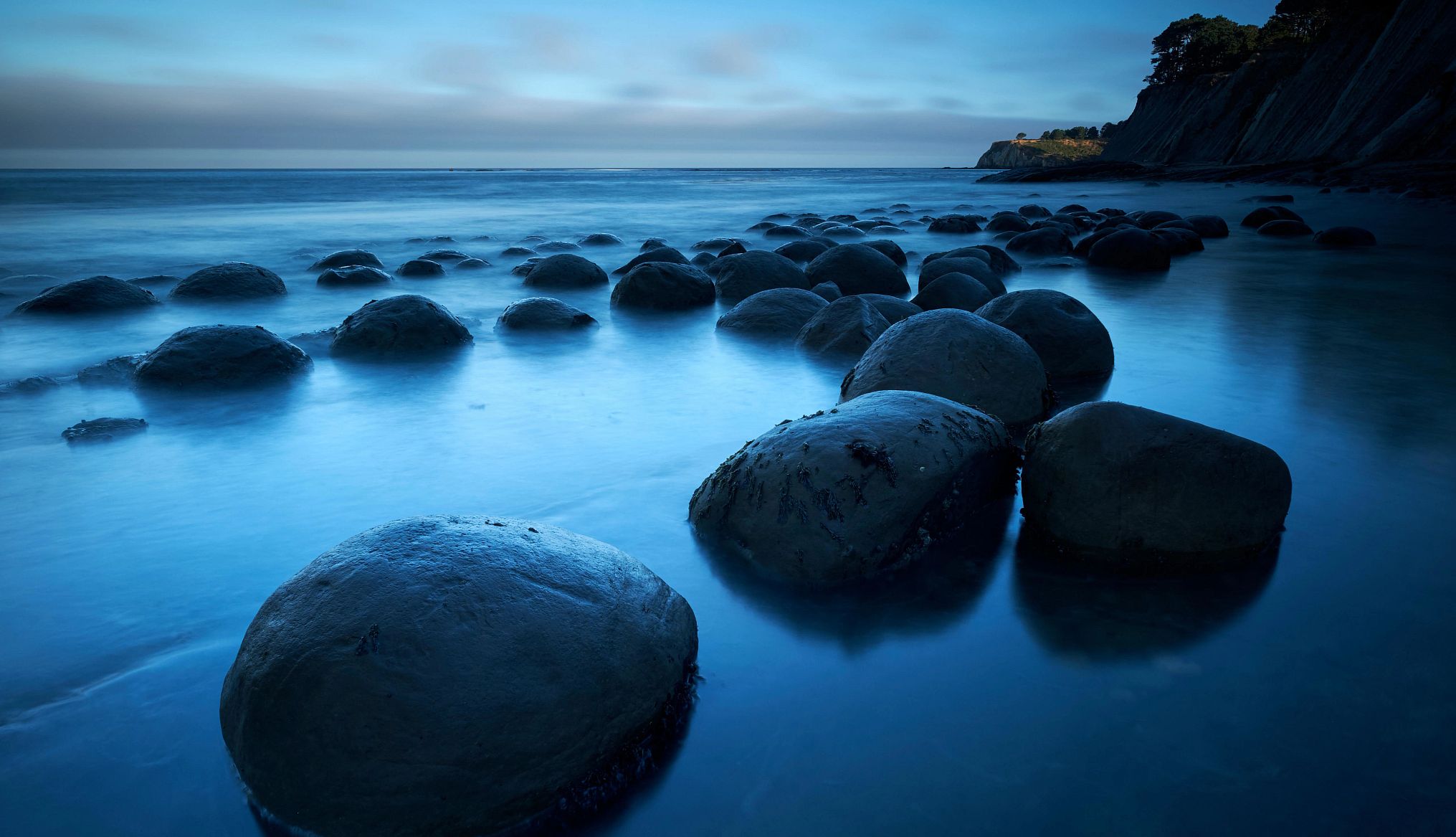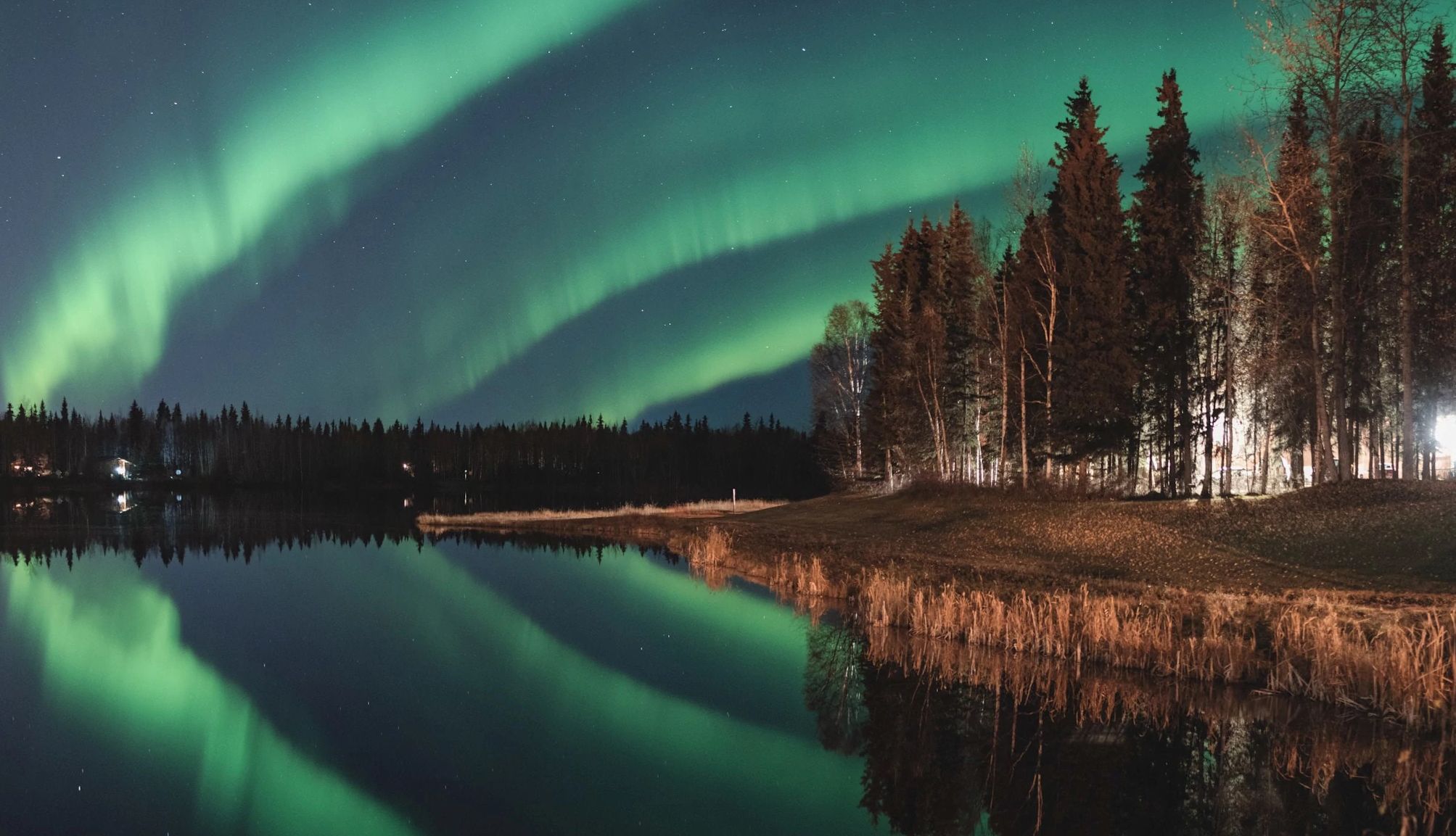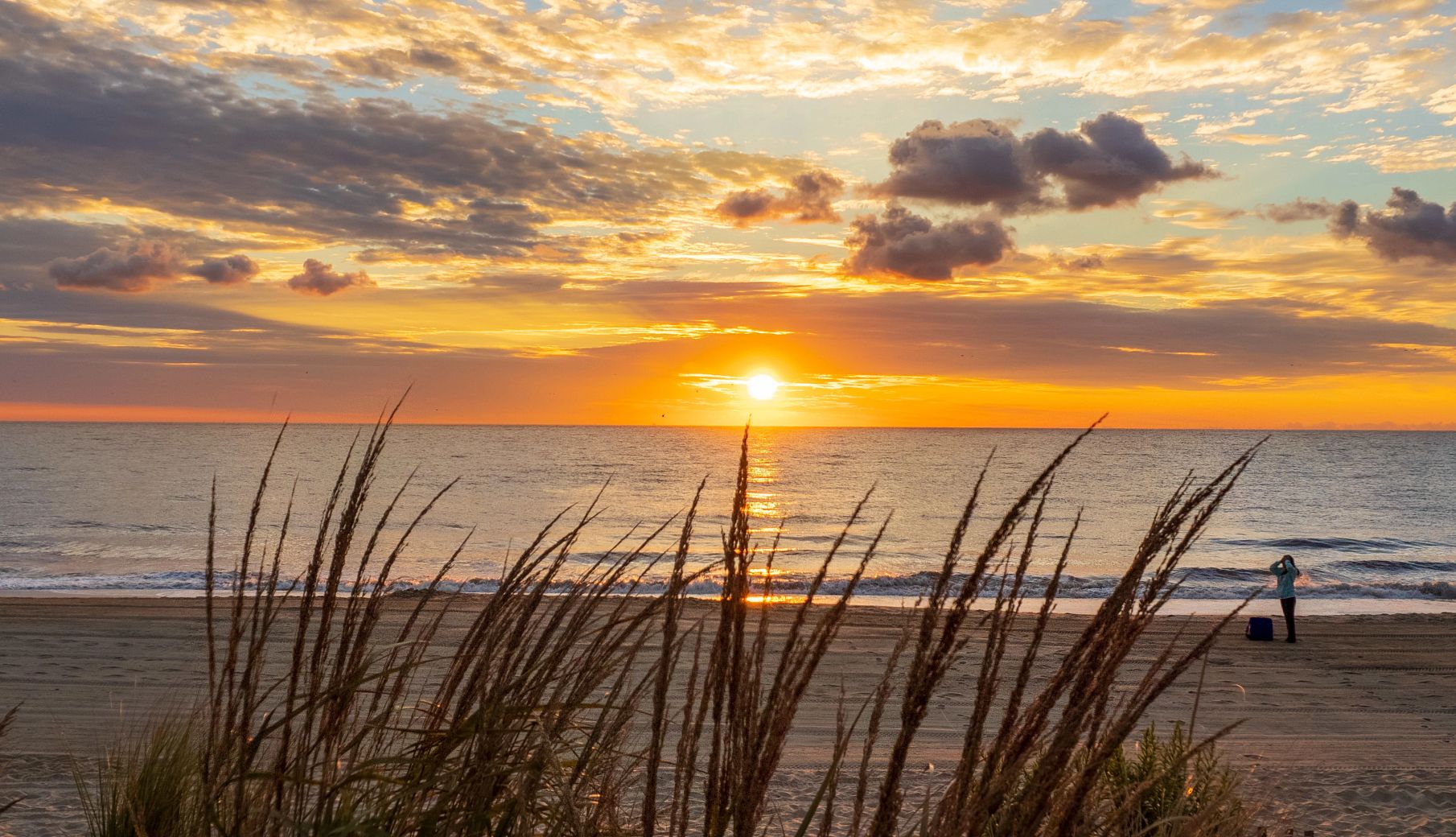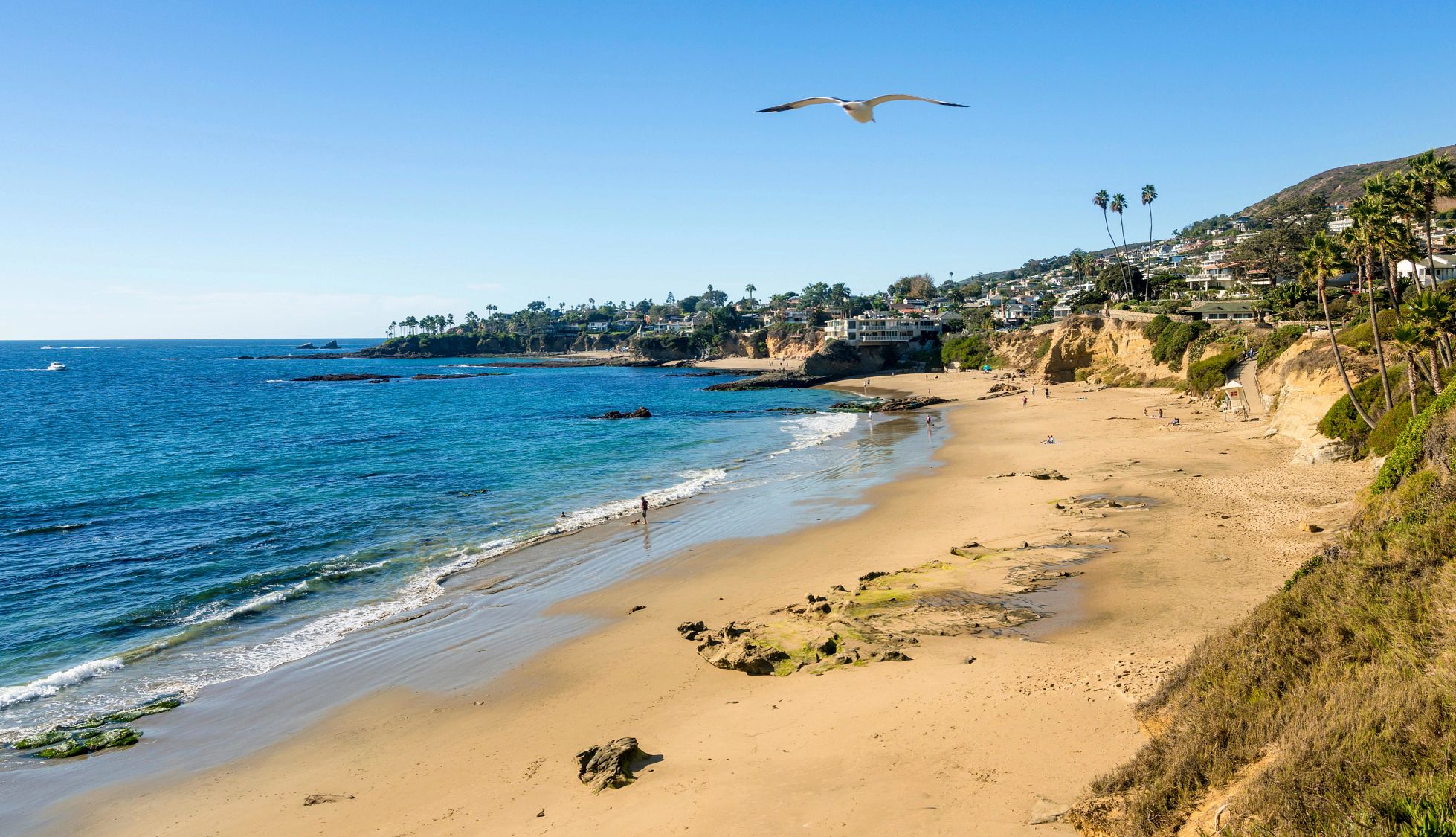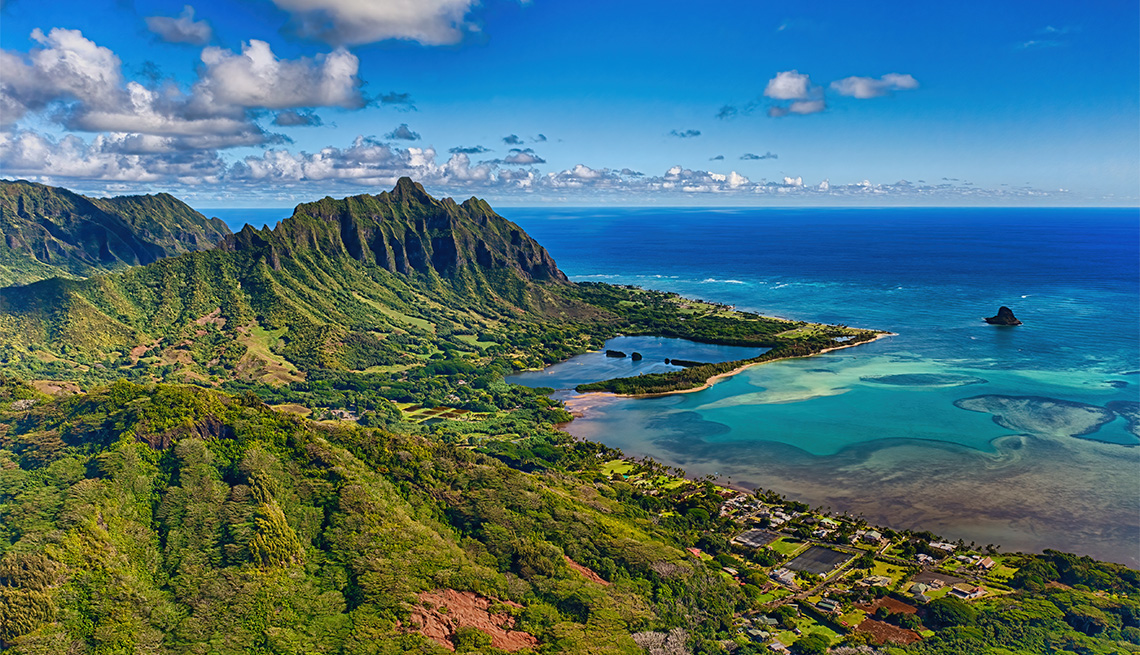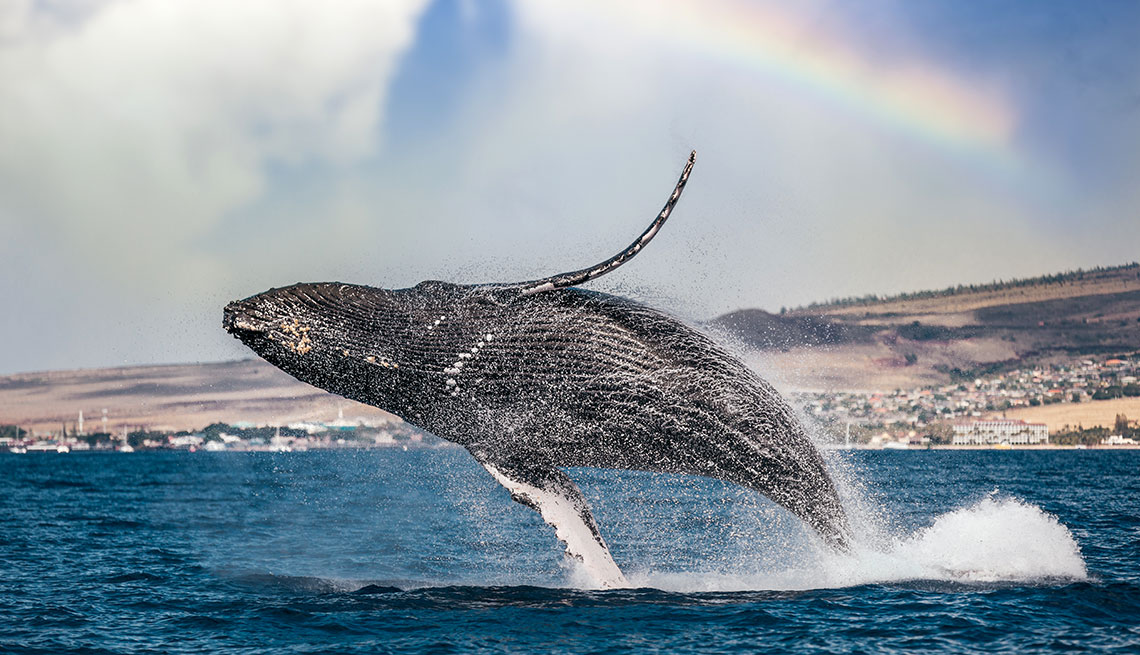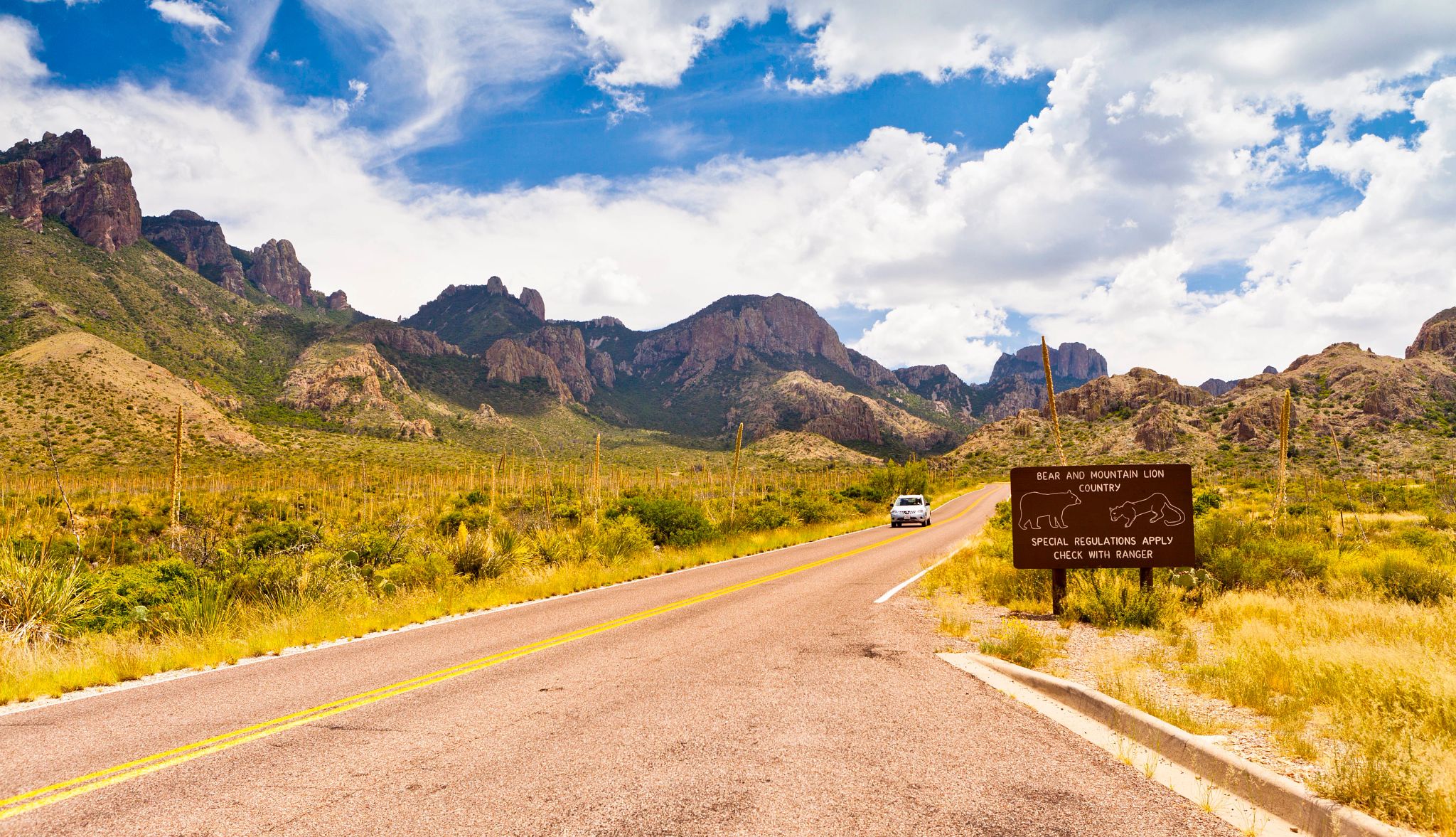AARP Hearing Center
Every winter, thousands of gray and humpback whales migrate south, like so many aquatic snowbirds, on a 5,000-mile journey from Alaskan waters to Mexico and Hawai‘i for feeding and breeding. The procession of Baja-bound whales passes along the entire U.S. West Coast, with others headed to the Hawaiian islands, providing great opportunities to see these giants of the sea that are making a comeback from critically endangered status.
Both from land and by sea, viewers can spot these massive mammals weighing upward of 40 tons and measuring about 50 feet in length emerging from the water. The whales spout misty exhales of air in “thar she blows!” moments, poking their heads from the sea, slapping their tails, and even fully jumping from the water in spectacular breaching displays.
The gray whale southern migration starts in Alaska in the fall, reaching its peak in late December to January in Oregon, and January to February in California. The bulk of humpback whales commute down to Hawai‘i for the winter, with peak viewing season in February.
Don’t worry if you miss the southern journey. The whales turn around and head back north from their winter grounds in Baja, California, beginning in mid-February, affording another viewing opportunity along the U.S. western states from February through May.
Whale watching can be done from land, at elevated viewing points near the shoreline with the naked eye or with the aid of binoculars, often at designated nature centers. Whale-watching boat tours give visitors the chance for more reliable and dramatic close-up viewing opportunities. But be sure to sail only with accredited tour operators who follow safety guidelines for both you and the majestic animals. Also, because winter waters can sometimes be choppy and the weather unsettled, don’t forget to bring your seasickness medication — or just hold out for nice weather if you have the time. Choosing a larger boat and sitting in the middle of the lower deck can also help to reduce seasickness on whale-watching (or any seaborne) excursions.
Below are some tips for where, when and how to go whale watching along the U.S. West Coast and Hawai‘i.


Washington
Migratory whales pass through Washington’s coastal waters at the beginning of their southern journey in fall, and later in spring for the whales’ northern return trip. The Whale Trail, a Seattle-based whale-focused organization, highlights 20 spots along Washington’s Olympic Peninsula that are great for land-based observation during the migratory seasons. The Whale Trail has interpretive signs and markers posted at key viewpoints along the route. In addition, Lime Kiln State Park on San Juan Island is a notable spot in the inner Salish Sea for whale watching, with whale talks held twice a week at the lighthouse in summer.
Not all giant cetaceans migrate, which adds to options for winter whale watching. Washington is one of the world’s prime spots for orca-viewing opportunities, particularly around the San Juan Islands, easily accessible via car and ferry from Seattle. Many pods of orcas (also known as “killer whales”) make the islands their home year-round. The San Juans have many highlighted spots along its segment of the Whale Trail, and is home to many whale-watching boat tour operators, running day trips from San Juan Island and the aptly named Orcas Island.
































































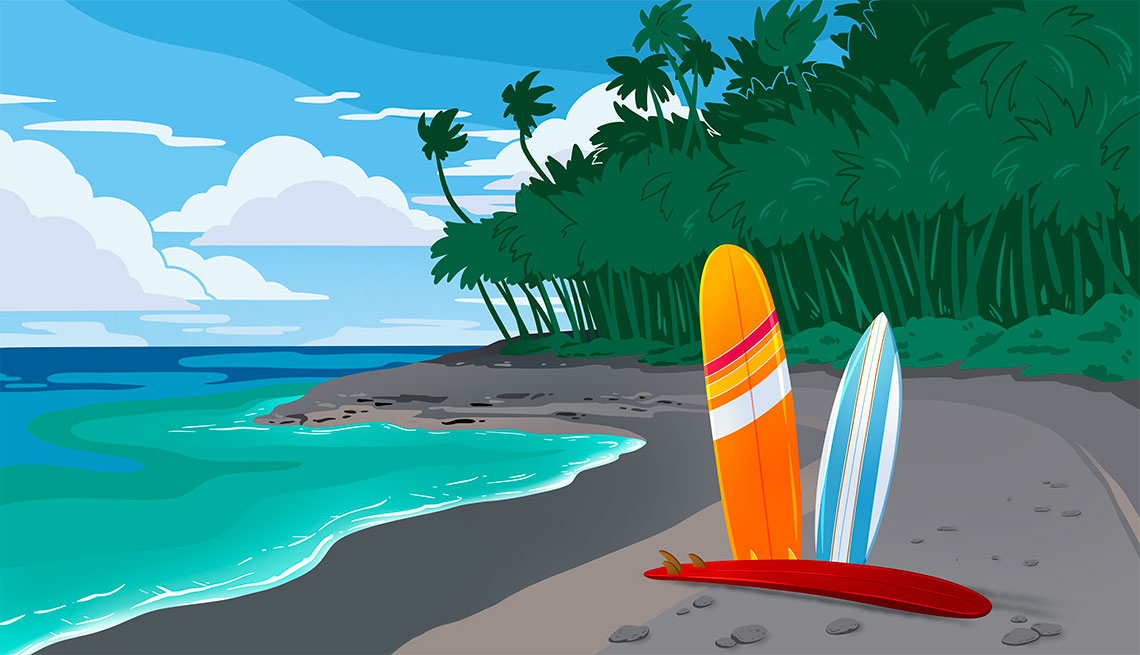
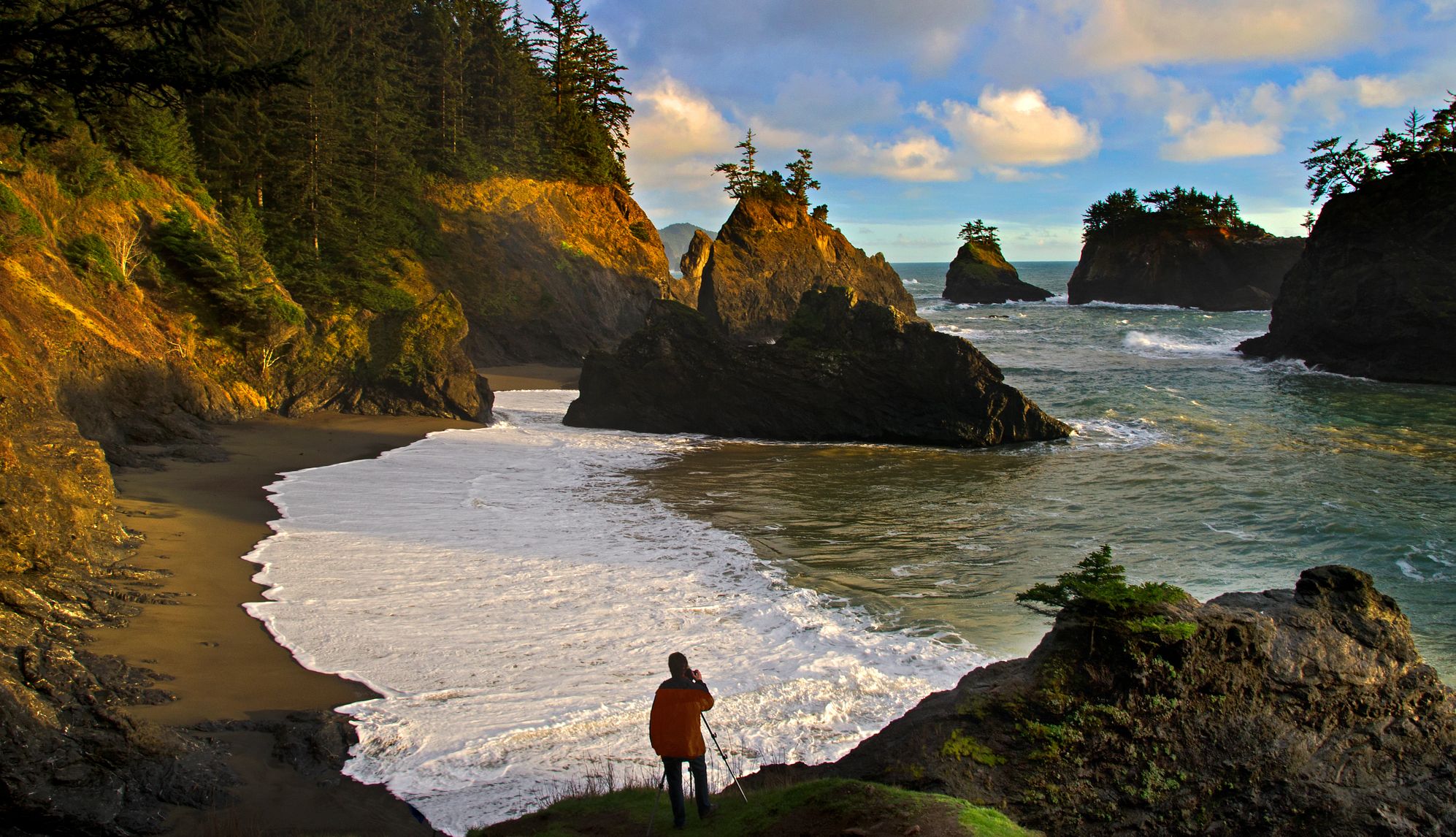
.jpg?crop=true&anchor=10,180&q=80&color=ffffffff&u=2xkwh0&w=2021&h=1161)
